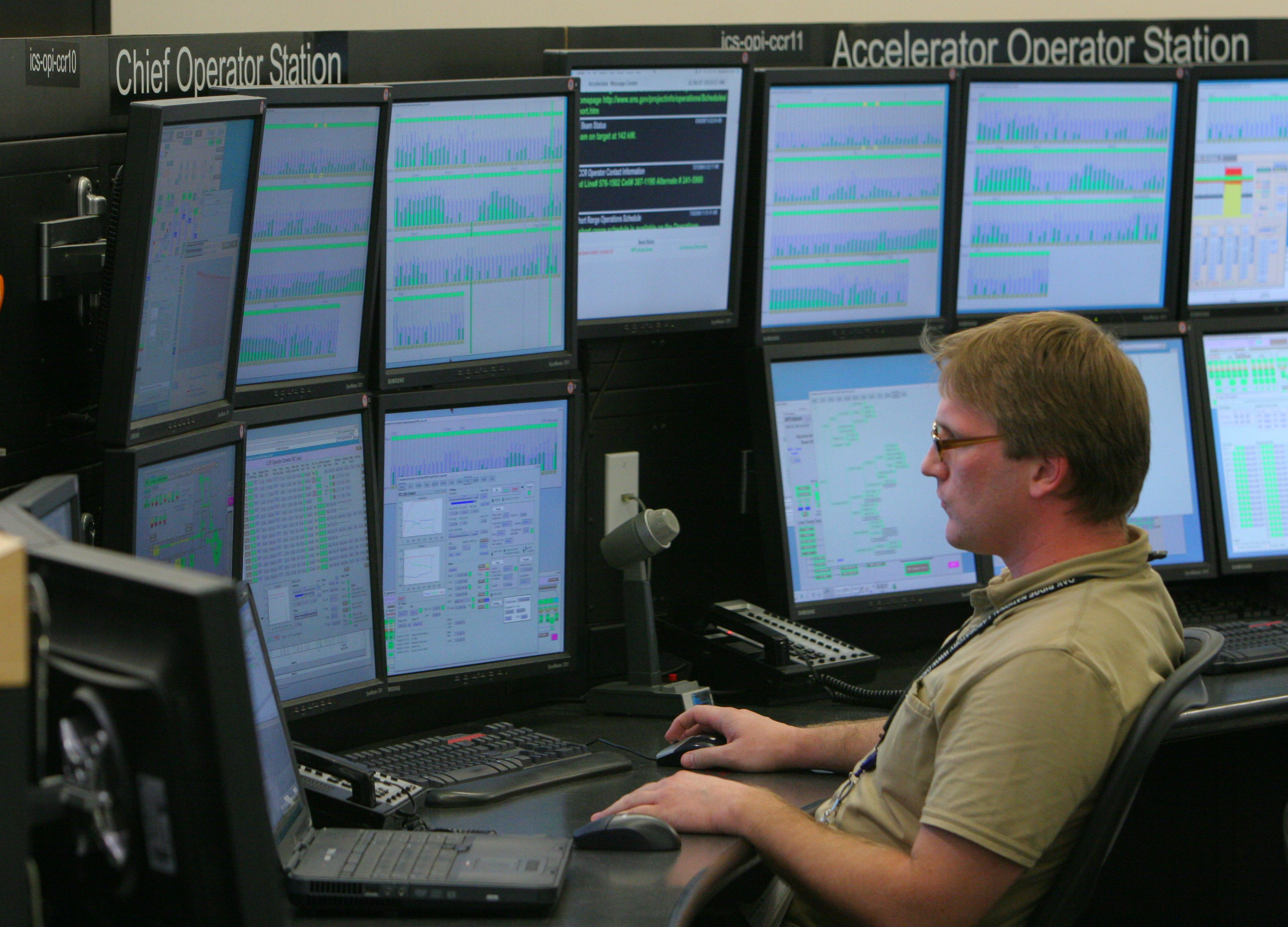The Oak Ridge National Laboratory launched a new era of scientific supercomputing Monday with Titan, a system capable of churning through more than 20,000 trillion calculations per second.
The supercomputer, the world's first computer capable of handling 20 petaflops per second, employs a family of processors called graphic processing units first created for computer gaming. Titan will be 10 times more powerful than ORNL's last world-leading system, Jaguar, while overcoming power and space limitations inherent in the previous generation of high-performance computers.
The new computer system at the Department of Energy lab will support research in energy, climate change, efficient engines, materials and other disciplines and pave the way for a wide range of achievements in science and technology.
The Cray XK7 system contains 18,688 nodes, with each holding a 16-core AMD Opteron 6274 processor and an NVIDIA Tesla K20 graphics processing unit accelerator. Titan also has more than 700 terabytes of memory.
The combination of central processing units, the traditional foundation of high-performance computers, and more recent GPUs will allow Titan to occupy the same space as its Jaguar predecessor while using only marginally more electricity.
"One challenge in supercomputers today is power consumption," Jeff Nichols, associate laboratory director for computing and computational sciences, said in a statement. "Combining GPUs and CPUs in a single system requires less power than CPUs alone and is a responsible move toward lowering our carbon footprint. Titan will provide unprecedented computing power for research in energy, climate change, materials and other disciplines to enable scientific leadership."
The upgrade from the Jaguar to the Titan computer cost about $100 million.
According to the National Geographic Society, it would take 60,000 years for 1,000 people working at a rate of one calculation per second to complete the number of calculations that Titan can process in a single second.
"Titan will allow scientists to simulate physical systems more realistically and in far greater detail," said James Hack, director of ORNL's National Center for Computational Sciences. "The improvements in simulation fidelity will accelerate progress in a wide range of research areas."
